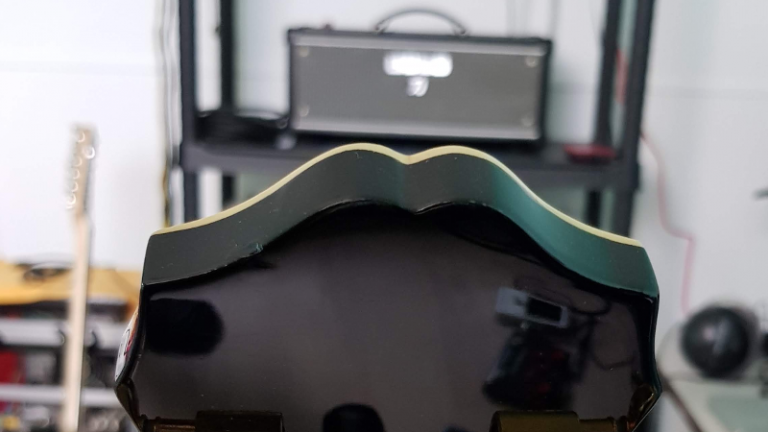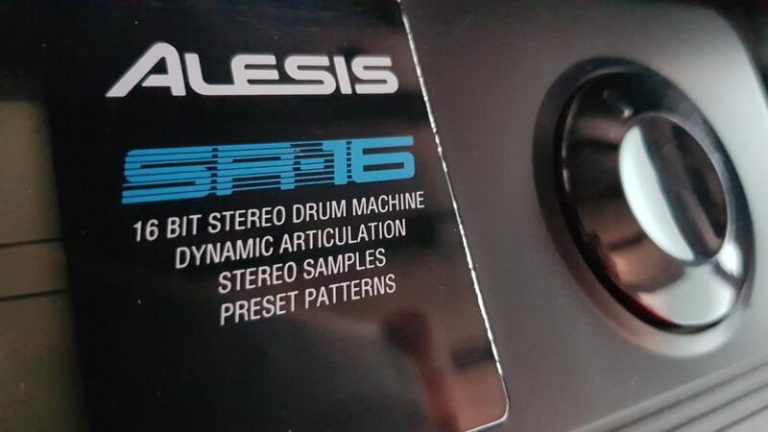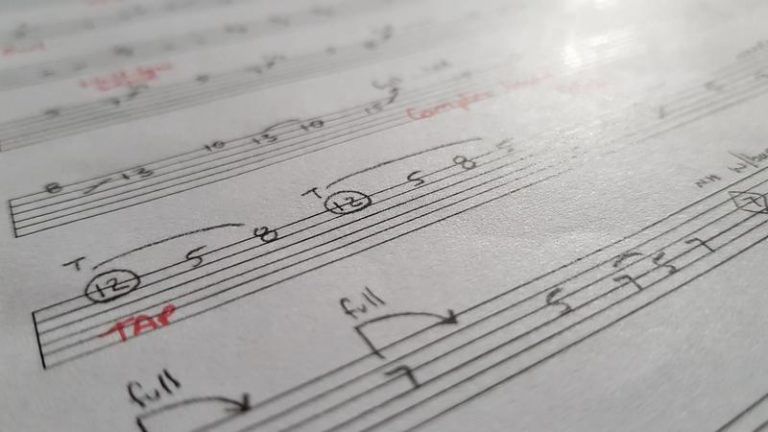OK, at some point of time you have to know the fretboard. The earlier the better, but as a beginner you can often get away with knowing only string names at best.
How to memorize string names
Well, if you don’t know the notes corresponding to each (open) string, the best way to do that is pick some mnemonic as that tends to be easier to memorize. Hereby two, but feel free to come up with your own :).
- Eddy Ate Dynamite Good Bye Eddy
- Eddy And Dean Go Buy Eggs
So the strings are (from thickest, or “low” to thinnest or “high”): E, A, D, G, B, E.
Memorize notes on the fretboard
Once you know what notes corresponding to the open strings you can start looking further. The 6th and 5th strings most often “host” the root notes, so those are the most important. E.g. to play the A chord you either can use the open A chord (with open 5th string being A) or the barre on 5th fret of the 6th string, which also happens to be the A note.
In order to be able to find the notes you have to know the chromatic scale:
A A#/Bb B C C#/Db D D#/Eb E F F#/Gb G G#/Ab A
A couple of things to note:
- The interval between notes is a “half-step”, or one fret on fretboard. Always. Easy.
- A# and Bb are the same note. Different name may be used in a different context, but they are exactly the same. The same holds for other “inharmonic equivalents” (smart name for “the same thing”).
- There is no “in between” note for B and C, and between E and F. Remember that. And of course there is a mnemonic for that: Big Cats Eat Fast.
- You can either count “up” from the open string to the note of interest or count “down” from the 12th fret (same note as open string!). E.g. finding note G on the 5th string is way easier thinking of G being 2 frets lower than A, so on the 10th fret of the 5th string than counting up all the notes from A to G.
- If you know the top 5 strings, the 6th comes “for free”: the low E and the high E have the same notes, only two octaves apart!
Fretboard
So here is the full layout of the first 12 frets. Why only 12? Because on 12th fret the notes start repeating (again, an octave higher), so 13th fret is the same as 1st. Well, that “math” should be easy.

If you want to check your knowledge with a small quiz, check out the Fretboard Trainer tool.
Enjoy and happy playing!


